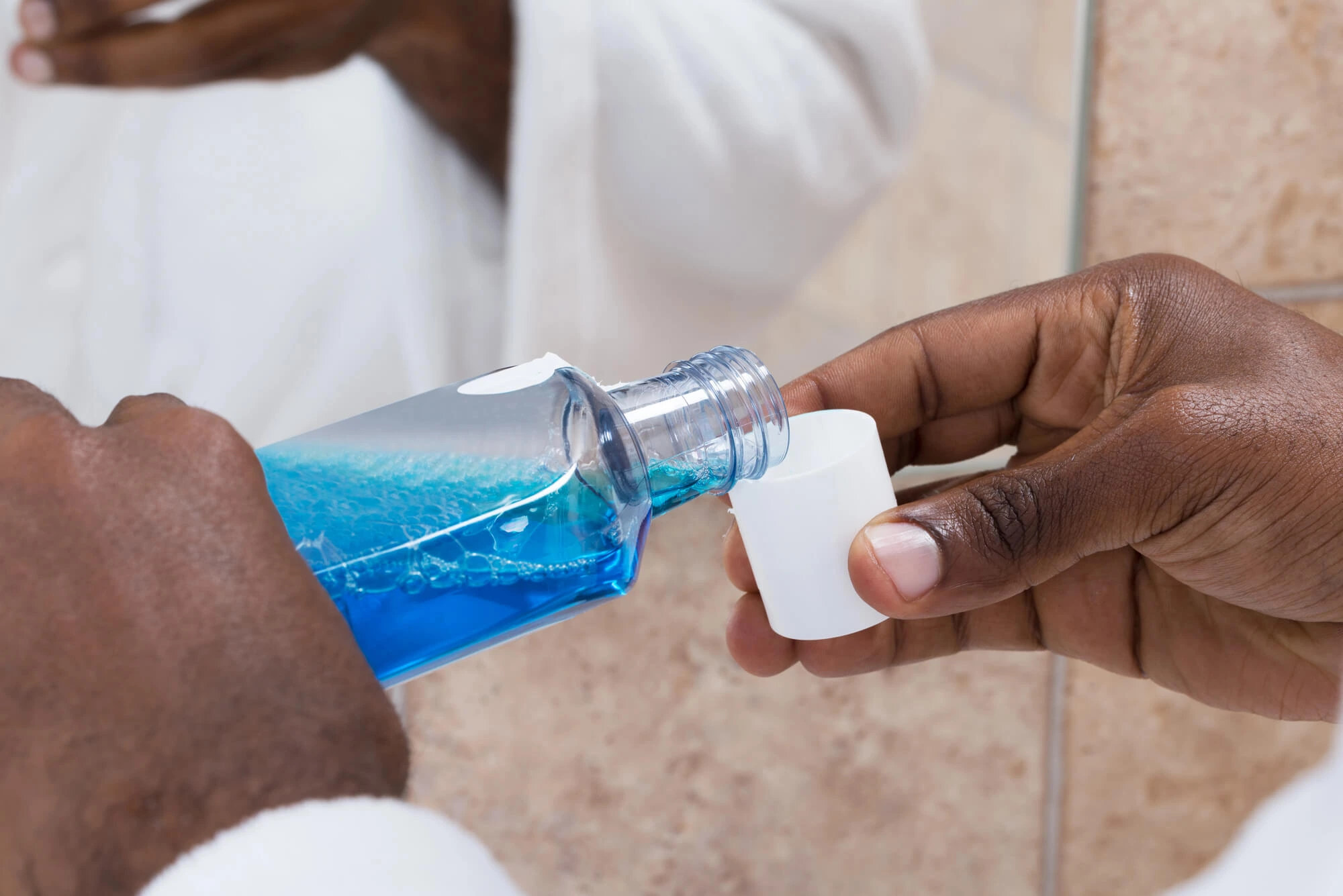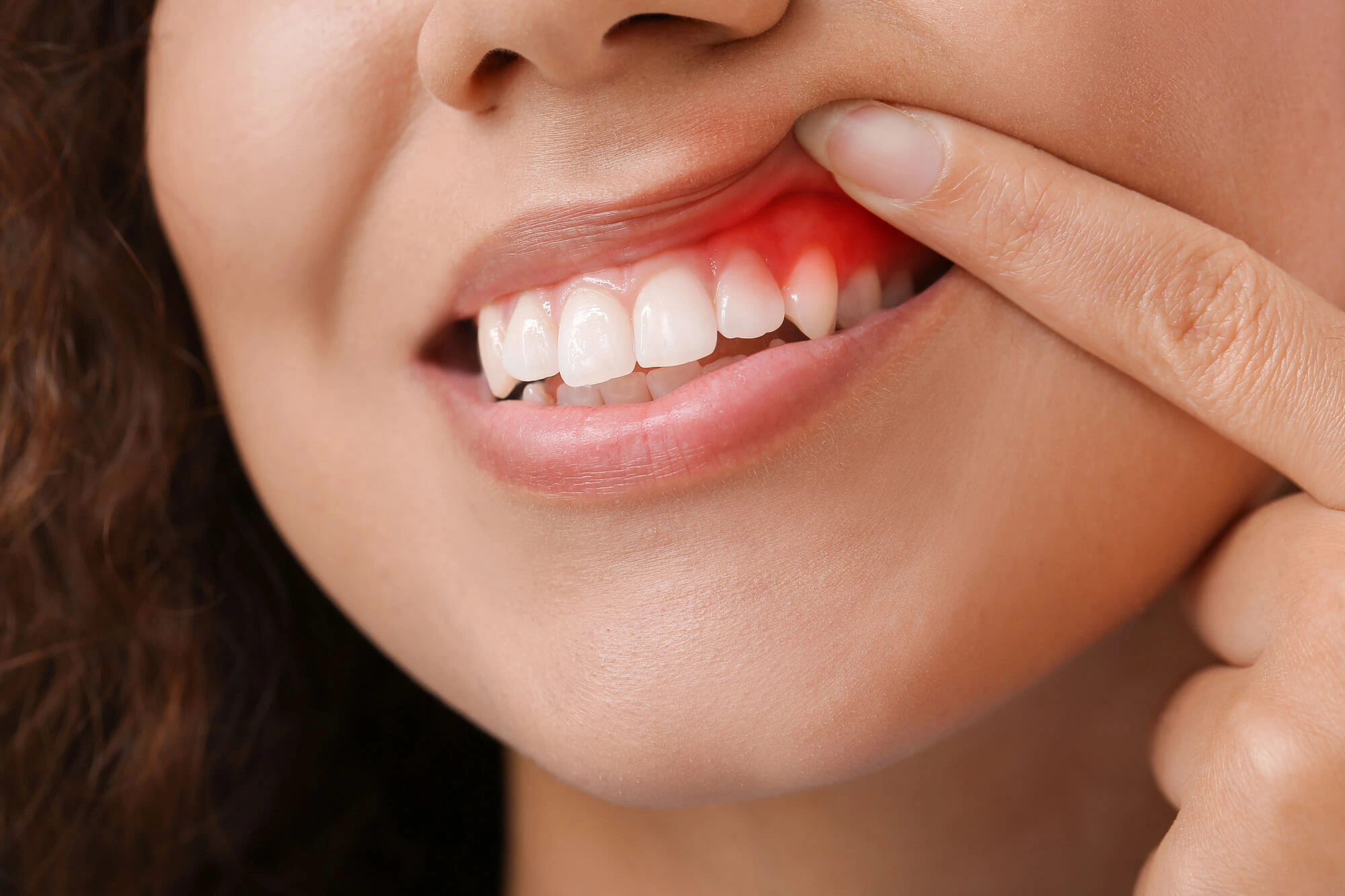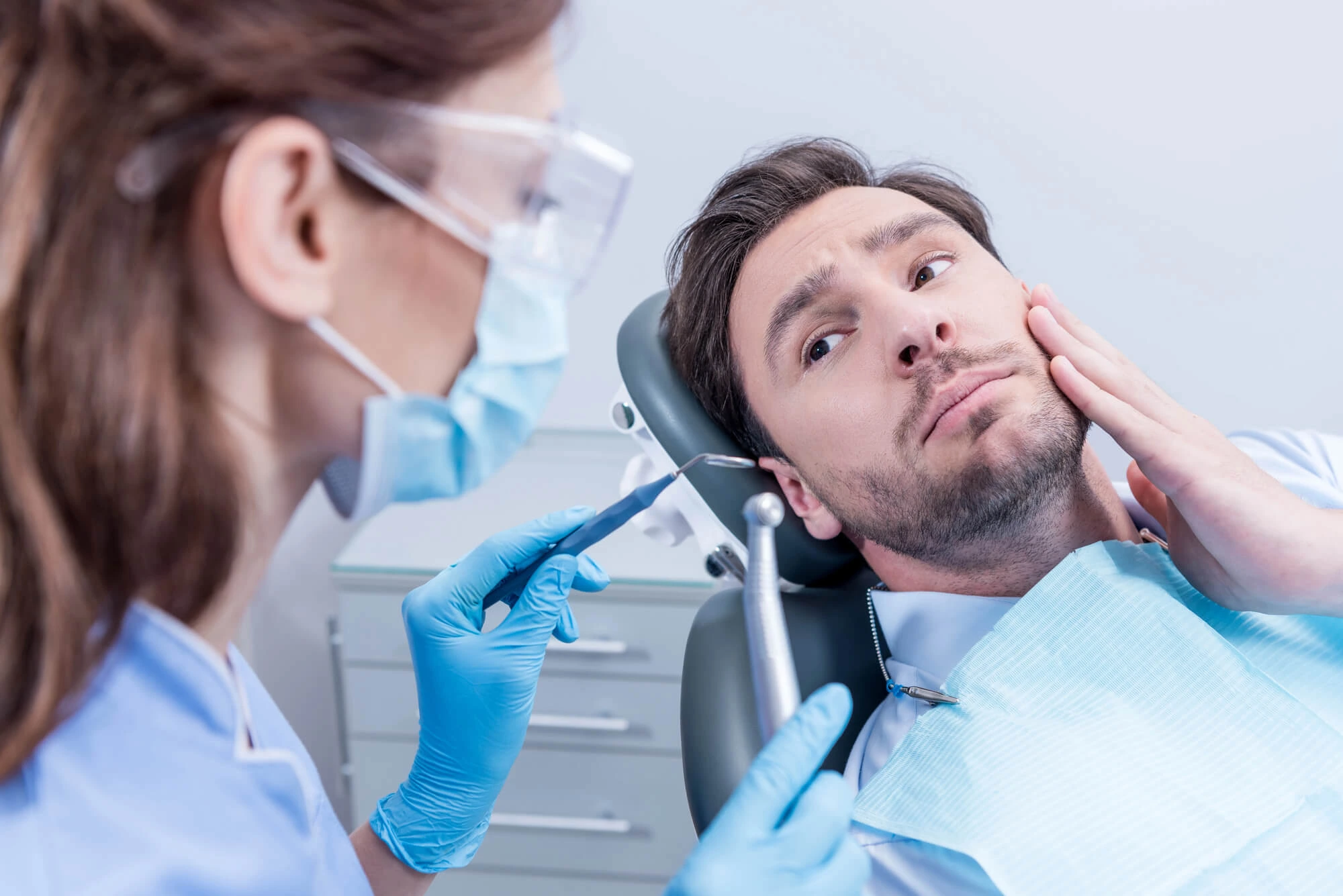Chlorhexidine Gluconate for Managing Periodontitis: How to Use it and What to Avoid
September 16, 2025

Gum disease is more than the inconvenience of dealing with bleeding gums: it’s a serious issue that can put your oral health at risk. Procedures like scaling and root planing with the periodontist in Fairfield are key to reversing the disease, but specialized mouthwashes, like one that contains chlorhexidine gluconate, can be a great ally for you too.
This antimicrobial substance can help eliminate plaque-causing bacteria and help reverse the damage of gum disease, but understanding how to use it is key to making the most out of its benefits—and preventing unwanted side effects.

What Is Chlorhexidine Gluconate?
Chlorhexidine gluconate is a powerful antimicrobial agent commonly used in dentistry to reduce harmful bacteria in the mouth. It is most often available in the form of a mouthwash, typically at a 0.12% or 0.2% concentration.
Dentists prescribe chlorhexidine gluconate to treat or manage various oral health conditions, especially infections caused by plaque, tartar, and bacteria. It is especially effective in treating periodontitis, a serious gum disease that affects the soft tissue and bone supporting the teeth.
If left untreated, periodontitis can lead to tooth loss and has even been linked to systemic health issues such as heart disease and diabetes, so targeting it with chlorhexidine gluconate can be key to protecting your oral—and overall—health.
How Chlorhexidine Works
Chlorhexidine works by targeting and destroying the bacteria that are responsible for gum disease. It binds to the surfaces of the teeth, gums, and oral tissues, providing a long-lasting antibacterial effect (up to 12 hours). So not only does it help eliminate bacteria, but it also prevents the buildup of plaque and reduces inflammation of the gums.
Although it doesn’t replace regular brushing or professional dental cleanings, it is often used as a supplementary treatment to reduce oral bacteria during and after periodontal therapy. To get the most benefit from chlorhexidine and reduce the risk of side effects, it’s important to follow your dentist’s instructions carefully.
Dentists often recommend to:
- Brush and floss first, but wait at least 30 minutes after brushing before using chlorhexidine. This is because some ingredients in toothpaste, particularly those containing sodium lauryl sulfate (SLS), can inactivate chlorhexidine.
- Use 15 ml (about 1 tablespoon) of chlorhexidine mouthwash, unless directed otherwise.
- Swish for 30 seconds, making sure the solution reaches all areas of your mouth.
- Spit it out—do not swallow the rinse.
- Do not eat or drink for at least 30 minutes after rinsing to allow the medication to remain on your gums and teeth.
This routine is typically done twice daily, once in the morning and once at night.
Avoid Staining with Chlorhexidine Gluconate
While chlorhexidine is effective, it has some potential side effects, especially when used over long periods. The most common issue is the staining of teeth and tongue (causing a yellowish or brown discoloration).
To prevent that, dentists prescribe chlorhexidine gluconate for a limited duration only, typically 1–2 weeks. Additionally, avoid foods and drinks that stain teeth while you’re using it, such as coffee, tea, red wine, or tobacco, while using chlorhexidine.

Treat Gum Disease Effectively with a Periodontist in Fairfield
Chlorhexidine gluconate is a trusted and powerful mouth rinse that is important in managing periodontitis and other oral infections. When used properly and under professional guidance, it can significantly reduce bacterial levels, control inflammation, and promote healing.
While it is not a substitute for brushing and flossing, it is a helpful additional tool for controlling bacterial growth. In combination with scaling and root planing at Brooklawn Dental Associates, we can use it to target plaque buildup and keep gum disease at bay. Contact us today, and let’s work together to improve your oral health!

Contact us today to schedule an appointment!
Don’t wait to get the best dental care Fairfield County has to offer. Reach out to our friendly team now to get started.
SCHEDULE APPOINTMENT
